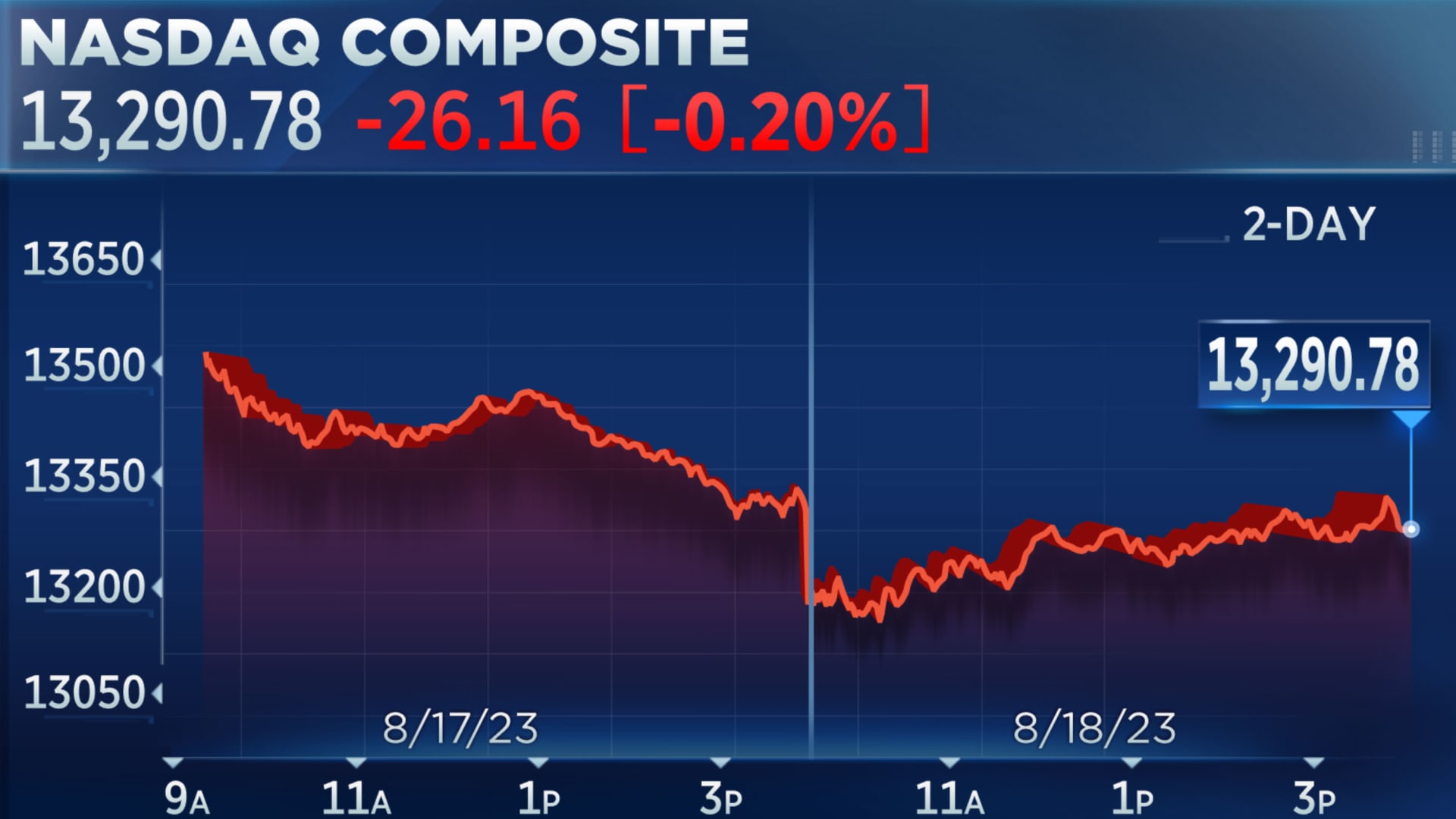- Rhoda Report
- Posts
- "How High is High?"
"How High is High?"
Issue #42

Hi There! Over the weekend, I had the pleasure of spending time in the charming town of Fairhope, AL, situated along the Gulf Coast. This tranquil place is renowned for its stunning vistas of Mobile Bay. Amid my work commitments, I found solace in stolen moments, taking in the natural beauty from spots like the Fairhope Municipal Pier and the Boardwalk at Point Clear. Downtown Fairhope exudes a Southern charm that instantly reminded me of Grenada. These surroundings led me to rediscover my natural inclination and passion for connecting with others face-to-face, a feeling I hold dear. However, the highlight of my trip was a visit to the Fairhope Juice Company, where I had the privilege of meeting Lorie Ward, the Owner/Artisan. Her story of resilience and embracing one's true calling at any age resonated deeply with me. The cozy haven she's built allows people from all walks of life to gather over wholesome, raw, cold-pressed juice – a space where ideas flow freely and laughter abounds. Lorie's commitment to quality is evident in every aspect, from the organic ingredients to the eco-friendly glass bottles. Among the delightful array of flavours, I discovered my personal favourite: SOUL SHINE, a refreshing blend of pineapple, cucumber, apple, and mint. Should you ever find yourself in Fairhope, AL or its vicinity, make it a point to drop by the Fairhope Juice Company. Lorie's organic juices are a true embodiment of her mantra: "Nourish the body...fuel the soul."
Alright, let’s dig in!
Last week, the markets closed with caution due to inflation and interest rate concerns among investors. Stocks ended Friday's session in losses, echoing August's Wall Street struggles. The three main indices – Dow, S&P 500, and Nasdaq – trended down due to strong economic data, impacting rate expectations and raising bond yields.
The Dow gained 25.83 points (0.07%); the S&P 500 dipped 0.01%; and, the Nasdaq Composite slipped 0.2%, its third loss week since December. Tech giants like Meta, Microsoft, Amazon, and Alphabet closed lower.
Rising Treasury yields signaled a robust US economy, affecting Fed interest rate decisions. Retailers shifted to budget-conscious choices amid oil price hikes, complicating inflation control. China's rate cut had a limited impact, underscoring the need for stronger measures.
The US dollar strengthened and global equities weakened.
Here are other key highlights from last week:
Oil posts first weekly loss in 8 weeks
Bitcoin is down to levels last seen in June
McDonald’s expands its blockchain menu with NFTs
The Sandbox has released new tools for metaverse landowners
Polygon ID is building an Identity layer for the web
We have an explosive week ahead:
The Jackson Hole Economic Symposium is the highlight of the week (August 24 - 26). Investors are eagerly anticipating Federal Reserve Chair Jerome Powell's speech next Friday morning in Jackson Hole, Wyoming. The consensus is that interest rates will remain high for an extended period due to uncertainty about their direction, causing financial markets to continue experiencing bouts of volatility. While the economic landscape is being closely monitored, Powell is unlikely to proclaim victory in the Federal Reserve's ongoing efforts to tackle inflation. Instead, he will likely emphasize that there is still a considerable amount of work left to be done.
In addition, please note the following upcoming economic news in the United States: Existing Home Sales on Tuesday (8/22), Building Permits, New Home Sales, and Manufacturing and Services PMIs on Wednesday (8/23), and the release of weekly Jobless Claims and Durable Goods Orders for July on Thursday (8/24).
Also, watch out for speeches from FOMC members Barkin, Goolsbee, Bowman, and Harker, who are scheduled to give their opinions on the current state of the economy during the week.
Global events this week include:
China: The People’s Bank of China (PBoC) may cut 1- and 5-year Prime lending rates by 15bp after easing Medium-Lending Facility.
Euro Area PMI: Weak services PMI (below 50) could impact Euro (EUR).
UK PMI: The British Pound (GBP) could be sensitive to services release.
BRICS Summit: 15th BRICS Summit in Johannesburg, Aug 22-24, 2023. Focus on expansion plans of major emerging economies (Brazil, Russia, India, China, South Africa) accounting for 32% of global GDP.
In earnings this week, the focus will be on the top three most anticipated earnings reports. The big question is whether NVIDIA (NASDAQ: NVDA) will surpass expectations or fall short in its earnings report on Wednesday. Additionally, investors’ attention will be on Lowe's (NYSE: LOW) demand patterns, especially given that their competitor, Home Depot (NYSE: HD), experienced a drop in sales. Lastly, keep an eye on Dick's Sporting Goods (NYSE: DKS) as well.
This week's anticipated bias (not financial or investment advice):
Monday (08/21/23) - Stock market historically negative
Tuesday (08/22/23) - Take Profits
Wednesday (08/23/23) - Volatility expected; set stops
Thursday (08/24/23) - 50/50 day; Expect unexpected News
Friday (08/25/23) - Expect selling early on this last Friday of the month
Trading Tip: Bullish Predictable Days - Sun Aug 20th - Wed Aug 23rd!
Week 08/13/23 - 08/19/23 Recap
Special Tools and Strategies
The McClellan Oscillator is a useful tool for traders who want to understand market trends and possible reversals.
It's a type of indicator that helps measure the overall market depth. It does this by looking at how many stocks are increasing in value (advancing) compared to how many are decreasing (declining). When the McClellan Oscillator is positive, it suggests that more money is coming into the market. On the other hand, if it's negative, it means money is leaving the market.
Here are some ways you can use the McClellan Oscillator:
Spotting Overbought and Oversold Conditions: This helps you see when the market might be getting too expensive (overbought) or too cheap (oversold). A reading above +70 means the market might be overbought, while a reading below -70 indicates it might be oversold.
Finding Divergences: Divergences happen when the McClellan Oscillator moves differently from the price of an asset. For example, if the price of something is going up, but the oscillator isn't, it might mean the trend is getting weaker and could reverse.
Confirming Trends: The McClellan Oscillator can also confirm whether a trend is going strong. If it's moving the same way as the price of an asset, it gives you extra confidence in the trend's direction.
However, keep in mind these limits:
Like any tool, the McClellan Oscillator can sometimes give wrong signals, especially when the market isn't changing much or when things change suddenly.
Traders might choose different settings, like how far back to look in time, which can lead to different interpretations.
It's designed for short-term trends, not long-term ones.
It's best to use the McClellan Oscillator together with other indicators and analysis methods to get a full picture of the market.
Also, it's worth noting that since 1990, when the McClellan Oscillator goes below -50, most market bottoms happened within 15 days. According to Thomas Lee from Fundstrat, he expects a bottom around the time of Nvidia's earnings and the Jackson Hole event.
Disclaimer: This newsletter is strictly educational. The information this report provides does not constitute investment, financial, trading, or any other advice. You should not treat any of the report’s content as such. Please be careful and do your research.



/cloudfront-us-east-2.images.arcpublishing.com/reuters/6JBR7QLVG5I5FNORQ3CADHRLTI.jpg)








